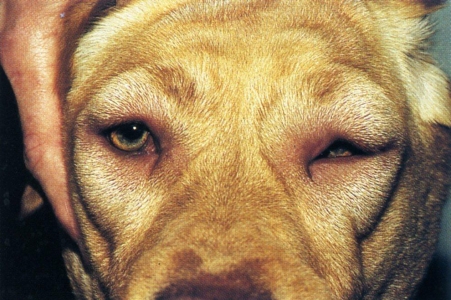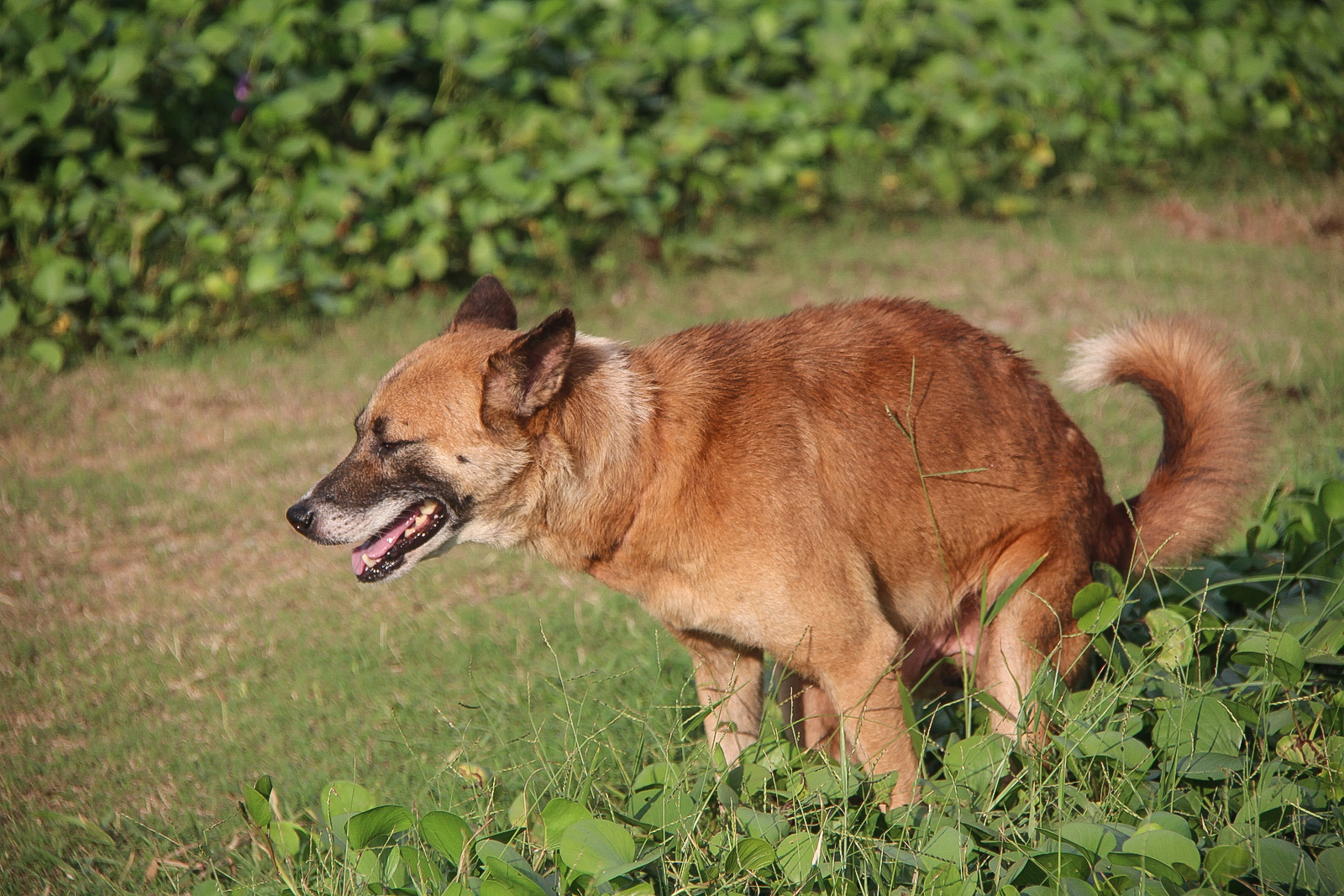Last Updated on June 23, 2024
My heart skipped a beat when I saw it – a large, puffy bump on my sweet Beagle’s face. My normally playful pup, Bailey, seemed uncomfortable, pawing at his cheek with a whimper. A wave of panic washed over me. What was wrong? A frantic Google search led me to a scary-sounding word: angioedema.
Angioedema is basically a severe allergic reaction that causes swelling beneath the skin. It can be triggered by various things, from insect bites to certain foods or medications. While it’s often not life-threatening, it can be incredibly frightening for both dog and owner. Trust me, I know!
Unmasking the Culprit: What Causes Angioedema in Dogs?
 Like humans, dogs can have allergies. These allergies can be triggered by a whole host of things:
Like humans, dogs can have allergies. These allergies can be triggered by a whole host of things:
- Food Allergies: Common culprits include beef, chicken, dairy, and wheat.
- Environmental Allergies: Pollen, dust mites, and mold can also cause reactions.
- Insect Bites and Stings: Bees, wasps, and even mosquitos can trigger angioedema.
- Medications: Some antibiotics and pain relievers can cause allergic reactions.
Bailey’s Bee Sting: A Close Call with Swelling
I vividly remember the day Bailey got stung by a bee. We were playing fetch in the park, and suddenly, he yelped and started pawing at his nose. Within minutes, his snout had swollen to twice its normal size. He looked miserable, his eyes watery and his breathing slightly labored. We rushed to the vet, where he received an antihistamine injection and thankfully made a full recovery.
Spotting the Signs: How to Tell if Your Dog Has Angioedema
Angioedema usually appears as sudden swelling on your dog’s face, especially around the eyes, lips, or muzzle. The swelling is typically soft and non-painful, but your dog might paw at it or seem uncomfortable. Other symptoms can include:
- Hives: Red, itchy bumps on the skin.
- Difficulty Breathing: Swelling in the throat can restrict airflow.
- Vomiting or Diarrhea: These can occur if the angioedema is caused by a food allergy.
Don’t Panic, But Act Fast: What to Do if You Suspect Angioedema
If you notice any signs of angioedema in your dog, it’s crucial to contact your veterinarian immediately. While mild cases might resolve on their own, severe reactions can be life-threatening and require prompt medical attention.
Treatment Options: From Antihistamines to Avoiding Triggers
Treatment for angioedema depends on the severity and underlying cause. Your vet might recommend:
- Antihistamines: These medications block the release of histamine, which causes swelling.
- Corticosteroids: These powerful anti-inflammatory drugs can reduce swelling quickly.
- Epinephrine: In severe cases, this medication can be life-saving by opening up the airways.
Preventing Future Reactions: A Proactive Approach to Doggy Wellness
Once your dog has experienced angioedema, it’s essential to identify and avoid the trigger. This might involve:
- Food Trials: Your vet can help you determine if your dog has a food allergy.
- Environmental Management: Keep your dog away from known allergens like pollen or dust mites.
- Insect Prevention: Use flea and tick preventatives and be cautious around stinging insects.
My Final Thoughts: Protecting My Furry Best Friend
Experiencing angioedema with Bailey was terrifying, but it taught me the importance of being vigilant and proactive about my dog’s health. By understanding the causes, recognizing the symptoms, and working closely with my veterinarian, I can help keep Bailey safe and ensure that our adventures continue for many years to come. Remember, knowledge is power when it comes to protecting our furry best friends!
 Dog N Treats All dogs deserve to be pampered
Dog N Treats All dogs deserve to be pampered


